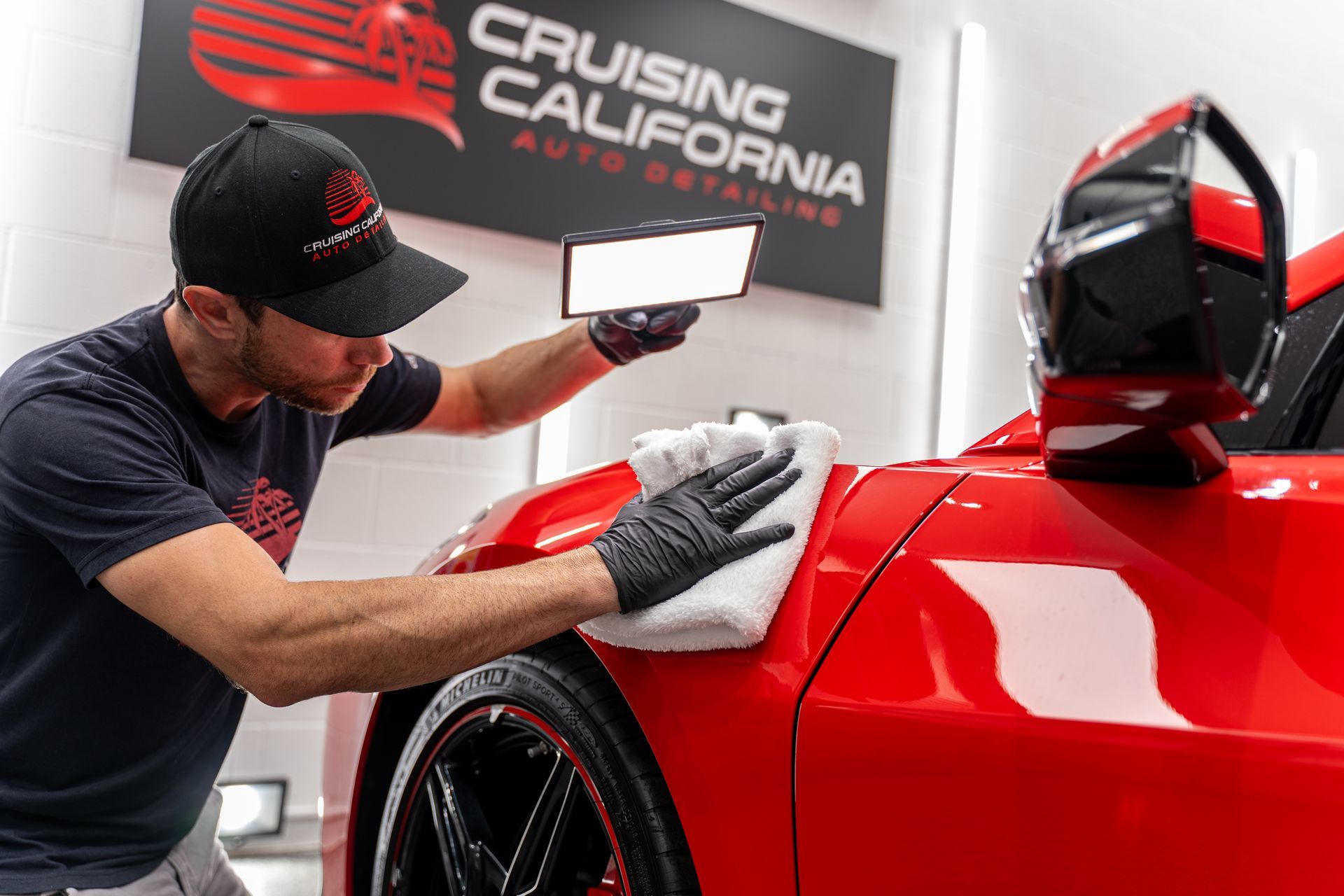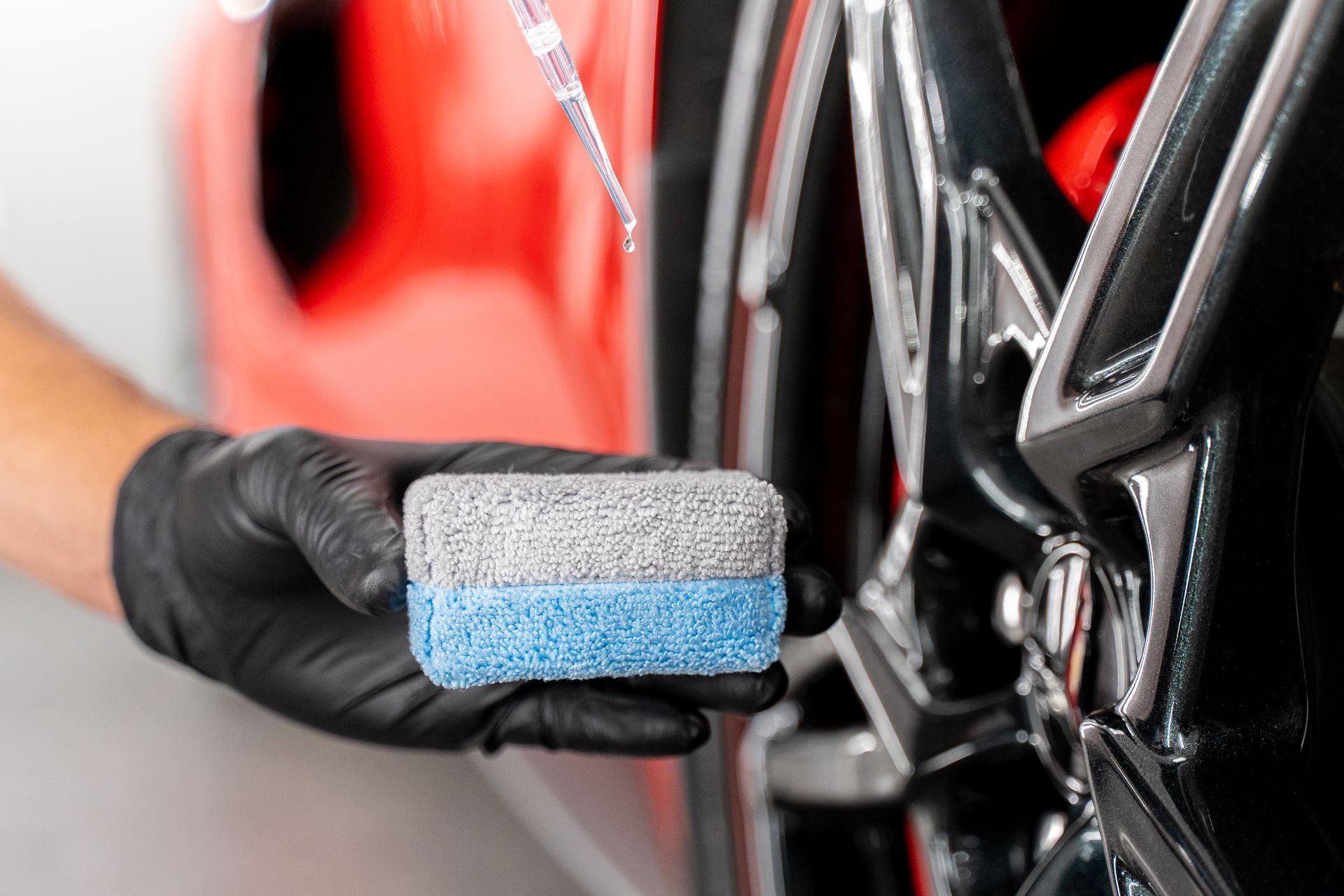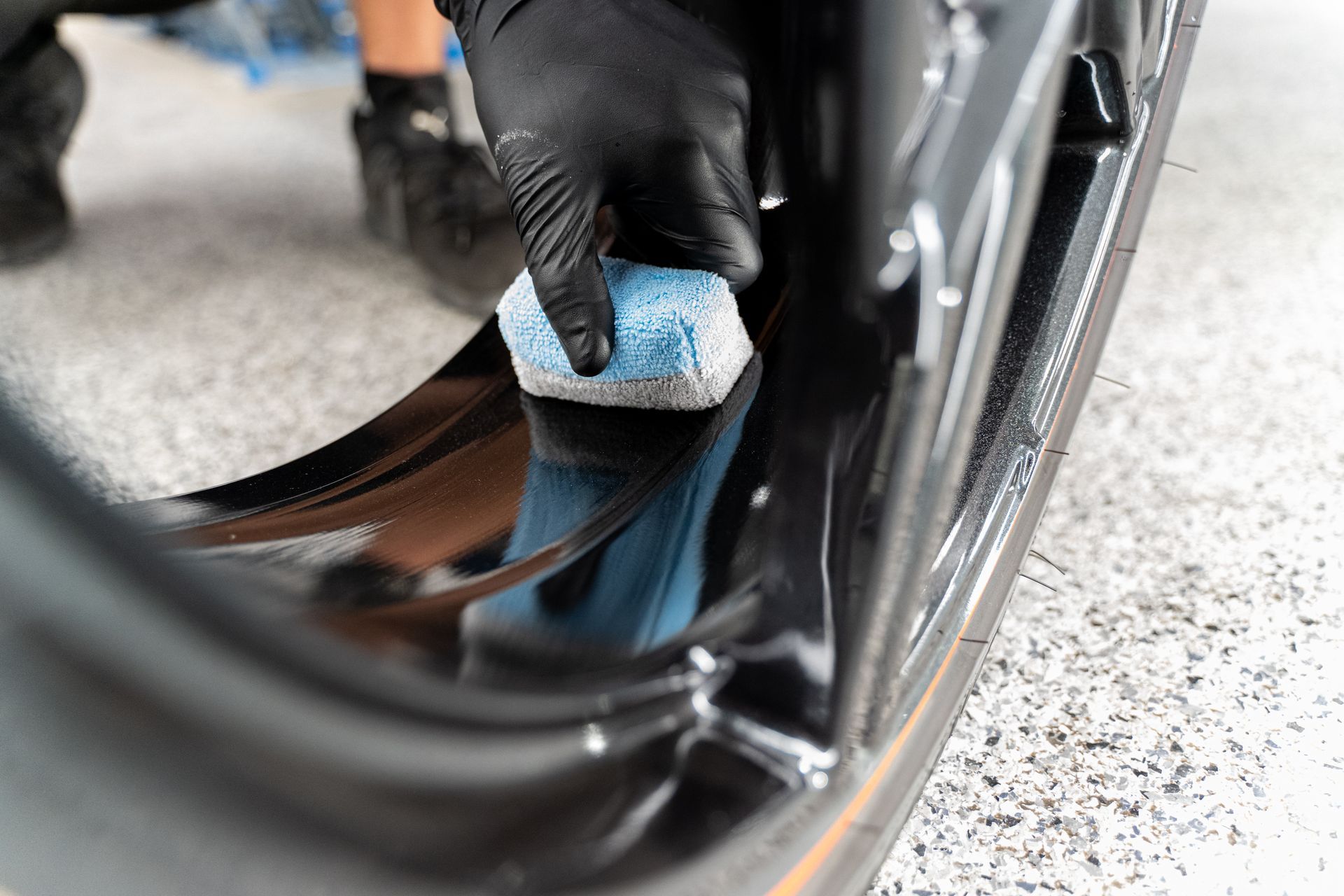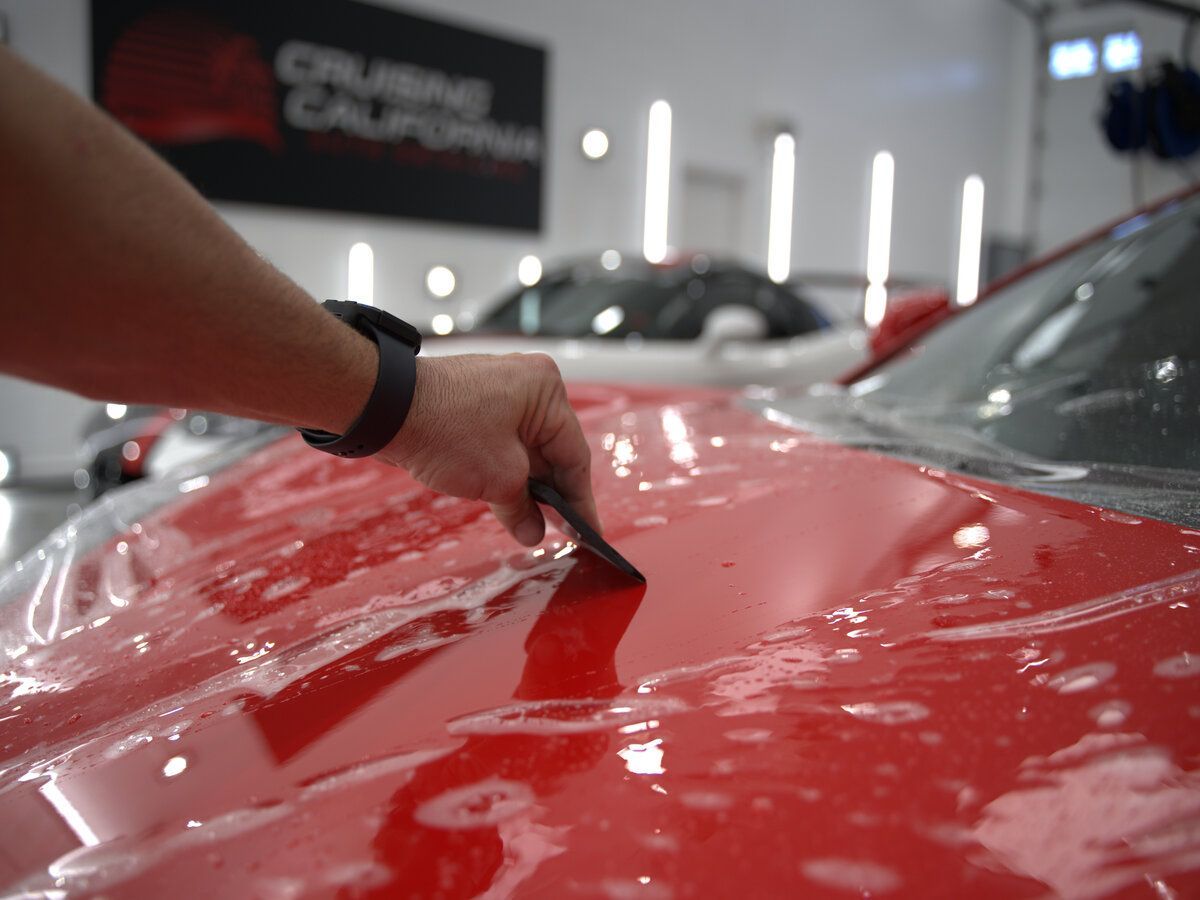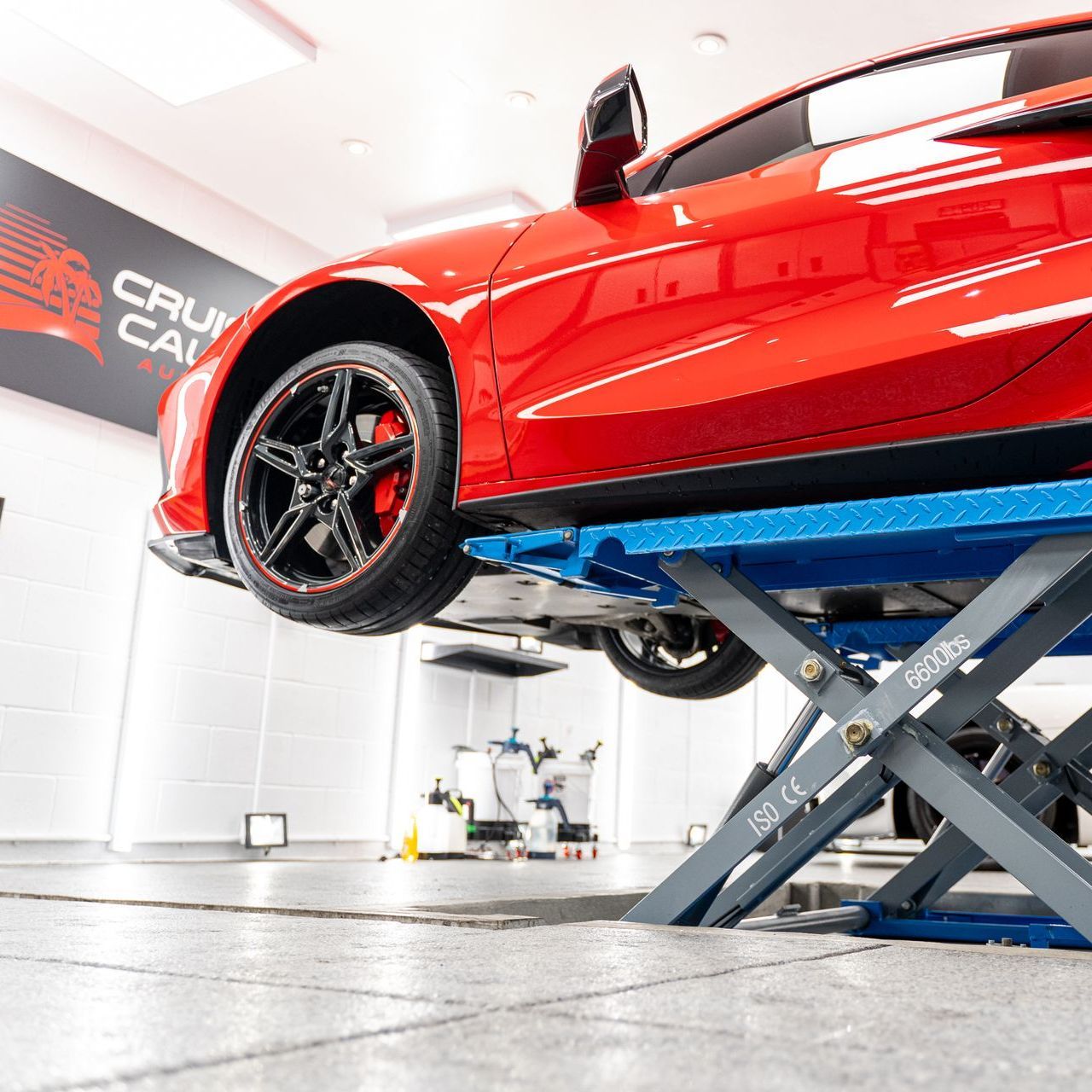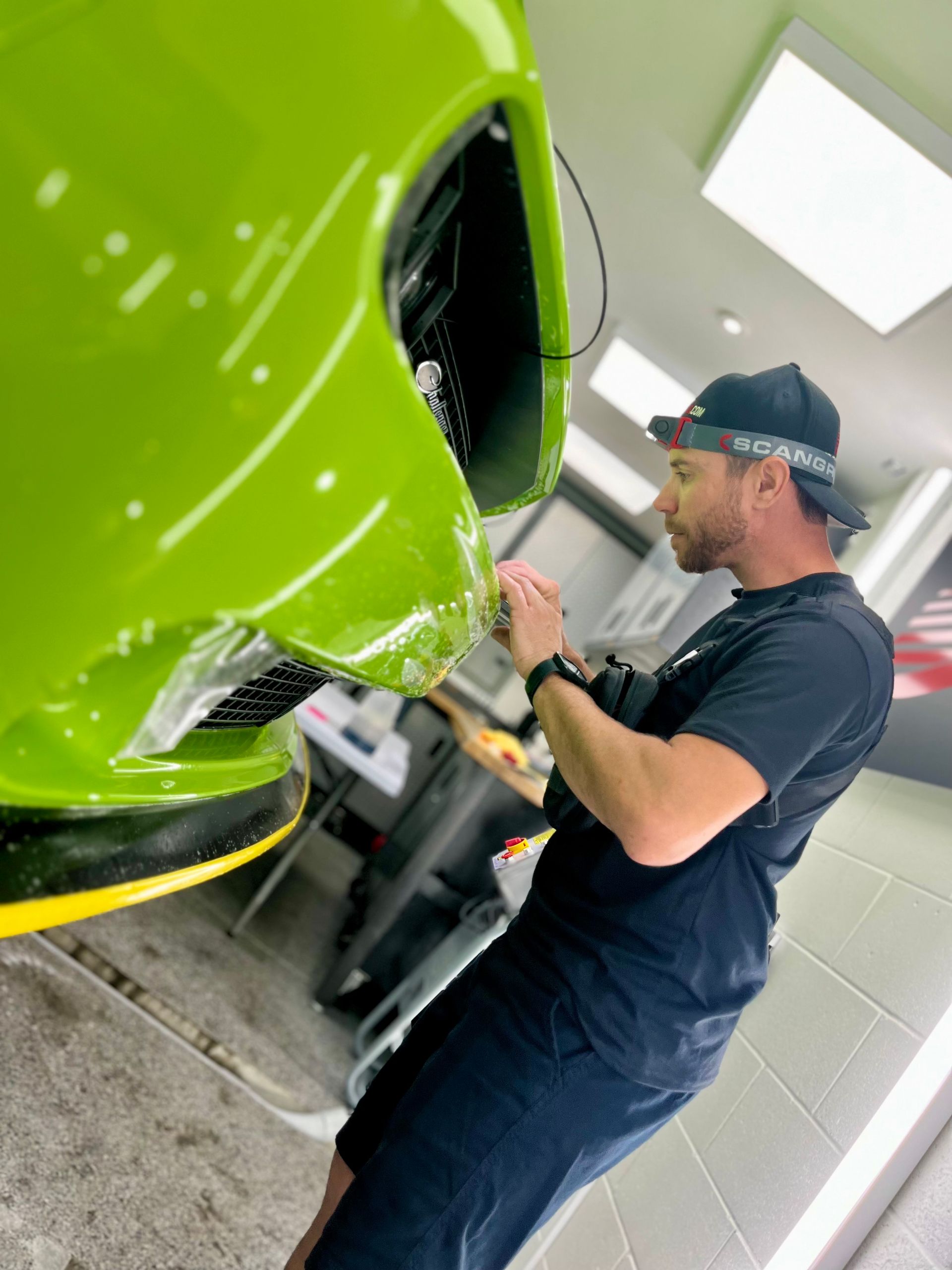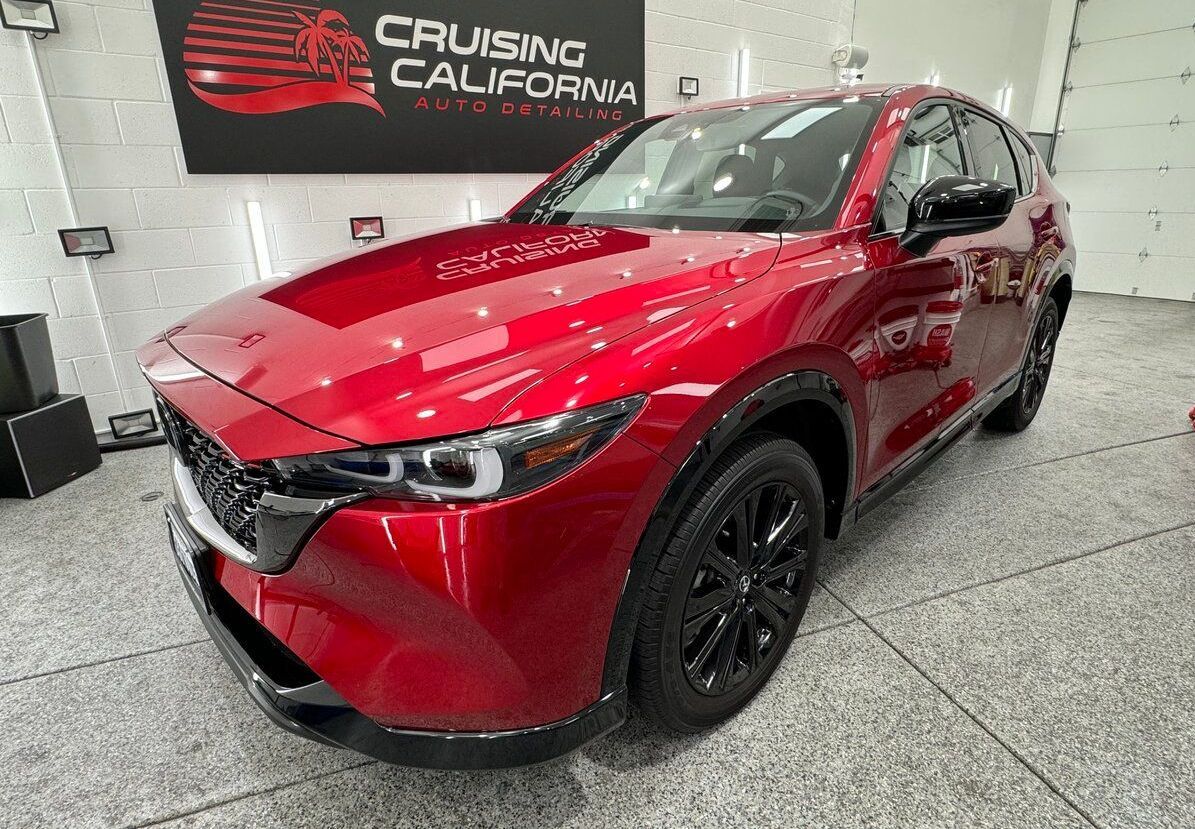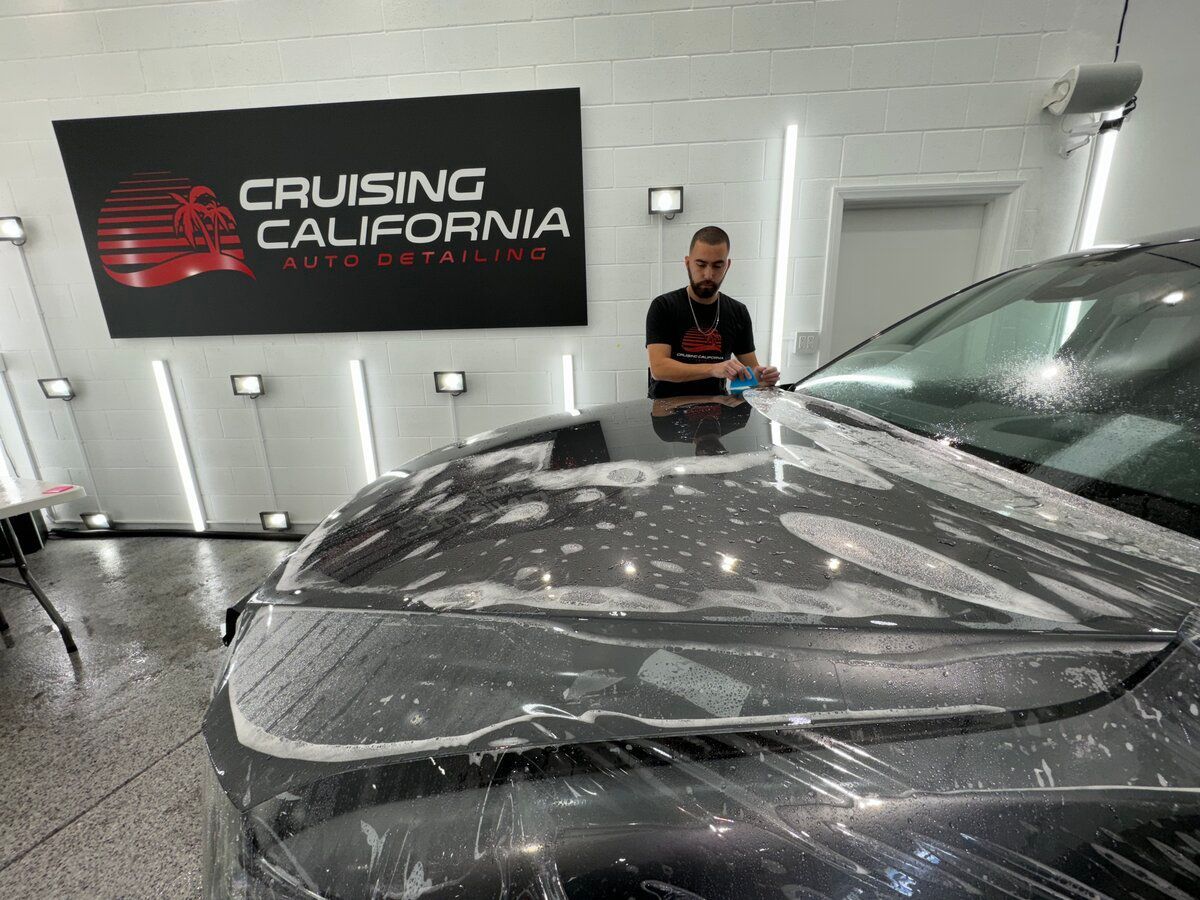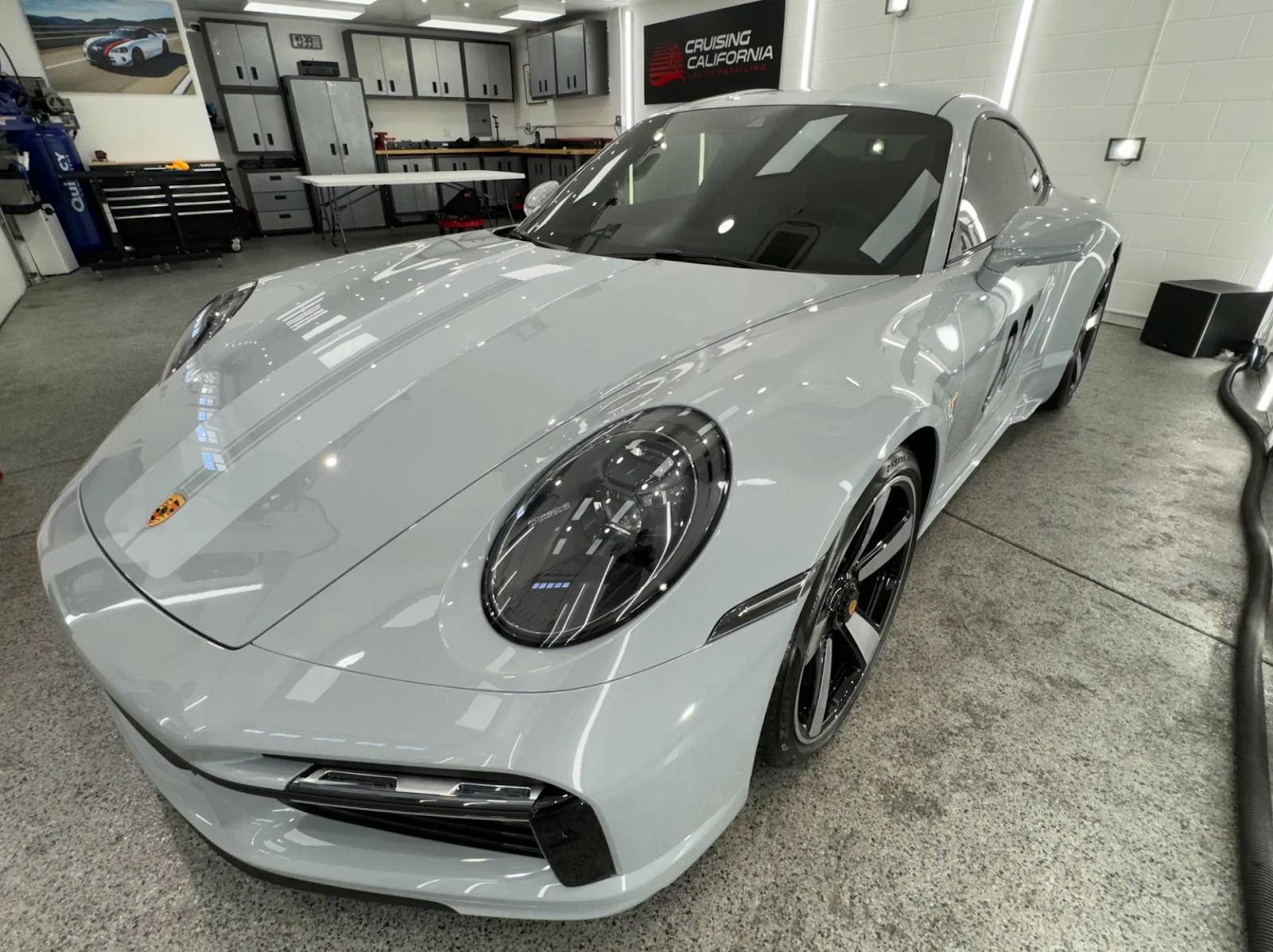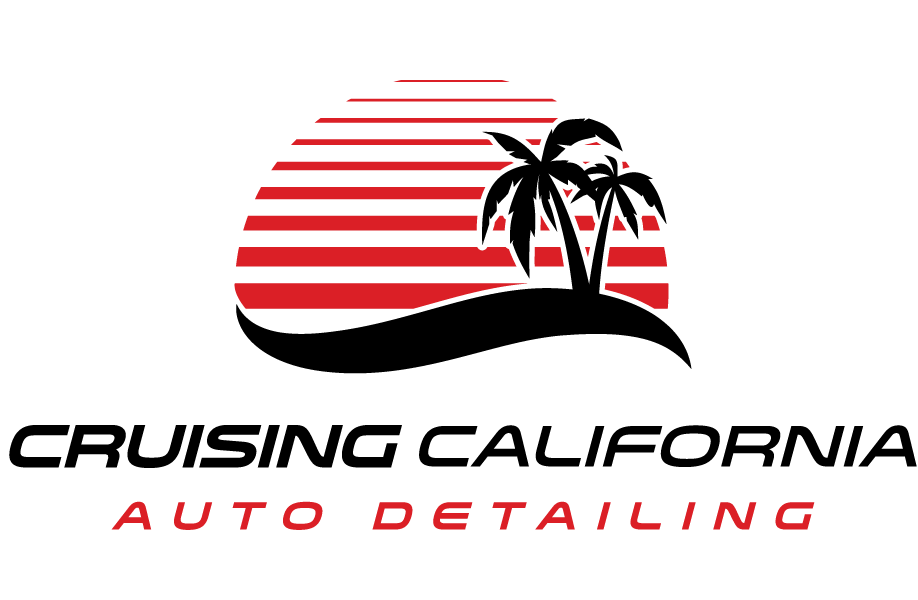Absolutely, ceramic coating does an excellent job of guarding your vehicle around the clock, throughout the seasons. Think of it as a tough shield, bonding with your car's paint to fend off things like sun rays, dirt, or bird droppings that could harm your car. But what's surprising is that not only does it protect, but the nano-sized particles in this coating also boost your car's shine, making it look glossy and new all year. Now that we know what it is, let's dig a little deeper into how this liquid polymer works magic on your car.
Yes, ceramic coating can provide durable protection for your car's paint year-round. The nano-ceramic particles in the coating create a strong shield against environmental aggressors, UV damage, and daily wear and tear, ensuring your car maintains its brilliance and defense regardless of the season.
What is Ceramic Coating?
Imagine a shield that protects your car from everything: the sun, dirt, bird droppings, and other environmental contaminants. Ceramic coating is like that! It's a special liquid made of tiny particles that link together to form an ultra-thin but incredibly strong layer on top of your car's paint. The magic of ceramic coating comes from its ability to chemically bond with the original paint on your car. When it dries, it forms a hard and transparent shell, effectively sealing off the paint from harmful elements like UV rays, dirt, and contaminants. This means no more fading or dullness due to sunlight, no more stains from bird droppings, and no more damage from everyday wear and tear.
Picture it like this: If the paint on your car is a delicate flower petal, then a ceramic coating is like a tough outer shell that shields and reinforces it. It acts as protective armor, fighting off UV damage and the harmful effects of chemical and environmental hazards. This assures that your car's paintwork remains pristine for much longer than it would without the coating. The secret behind this incredible strength lies in the composition of ceramic coatings. These coatings are made up of nano-sized particles that join hands to form an unyielding layer on the surface of your car. Think of them as miniscule bodyguards for your vehicle's paint—tough, invisible, and always on duty.
But wait, there's more to it than just protection! On top of its defense capabilities, ceramic coating also enhances the gloss of your car's finish. It gives your ride an impressive shine—an envy-worthy sparkle that makes heads turn. Plus, you'll find that cleaning your car becomes much easier with a ceramic coating in place. The smooth surface resists dirt buildup, meaning you'll spend less time scrubbing and more time admiring your beautifully maintained vehicle. So when you think about ceramic coating, don't just see it as a protective shield—view it as an investment in both the longevity and aesthetics of your cherished automobile.
Unrevealed Benefits of Ceramic Coating
You might think that ceramic coating is only about making your car look good, but there's so much more to it than that. Let's talk about how ceramic coating can protect your car in ways you might not have imagined.
- Protection Against Environmental Fallout: Ceramic coatings go beyond just repelling water. They act as a barrier against environmental contaminants, preventing things like bird droppings, tree sap, and even harsh chemicals from bonding with the car's paint. By doing so, they shield the paint from potential damage and maintain the sleekness of the vehicle's appearance. Ceramic coatings give your car protective armor, safeguarding it from various aggressors and keeping it looking fresh and clean.
- Long-Lasting Gloss: Many car owners invest time and effort into waxing their cars to achieve that glossy shine. However, a high-quality ceramic coating eliminates the need for frequent waxing by delivering an enduring gloss that lasts for years. Not only does this save time and effort on maintaining the car's exterior, but it also ensures a consistent radiant finish that doesn't diminish over time. The beauty of this feature is that it keeps your car looking like new for longer, allowing you to relish in that freshly-waxed appearance without the hassle of repeated applications.
- Improved Ease of Maintenance: Thanks to the hydrophobic properties of ceramic coatings, washing your car becomes a breeze. The water-repelling nature makes it difficult for dirt and grime to cling on, allowing for easier cleaning and reducing the frequency of washes required. This not only saves time but also lessens overall wear and tear on your vehicle's exterior. Ceramic coatings provide an invisible shield around your vehicle, making it resistant to the daily wear and tear that comes with exposure to the elements.
- Enhanced Protection during Extreme Weather: From scorching heat to freezing cold temperatures, ceramic coatings act as a robust defense against weather-related damage. They shield the paint from UV rays, preventing color fading due to sunlight exposure, while also providing a protective barrier against acid rain, road salt, and other harmful environmental factors.
These hidden advantages make ceramic coatings an invaluable investment for any vehicle owner seeking long-term protection and effortless maintenance for their prized possession.
Wax vs. Ceramic Coating: A Comparative Analysis
In the world of car protection, comparing wax and ceramic coatings is akin to evaluating different armor types for your beloved vehicle. Each has its own unique qualities and degree of safeguarding, making it a critical decision for any car owner.
First, let's focus on durability. Car wax delivers short-term protection, only lasting 2-3 months at best before it needs reapplication. Conversely, ceramic coatings offer an impressive lifespan of up to 5 years or more with proper maintenance—a stark contrast that places ceramic coatings far ahead in the race for long-term durability and convenience. Now, consider the aspect of protection. Ceramic coatings provide an advanced shield against environmental aggressors and daily wear and tear when compared to traditional wax. While wax can offer some level of protection, it is more susceptible to degradation over time. In comparison, ceramic coatings act as protective armor, fighting off the effects of environmental harm, UV damage, and day-to-day wear and tear, making them a standout choice for those seeking unparalleled protection for their vehicles.
And finally, let’s discuss maintenance. Regular reapplication is necessary every few months to maintain the protective layer of wax, resulting in additional effort and expense over time. However, ceramic coatings require less frequent maintenance, making them more convenient and cost-effective in the long run. So not only do ceramic coatings outlast car wax in terms of protection, they also require less routine care while offering superior defense. When it comes to safeguarding your treasured vehicle against the elements and everyday use, the comparison between wax and ceramic coatings makes it evident that the latter frequently emerges as the winner in durability, protection, and maintenance. With this knowledge in mind, car owners can make an informed decision to ensure their vehicle's appearance and structural integrity remain intact for years to come.
Year-Round Protection: Can Ceramic Coating Shield Your Car?
A car is truly a prized possession, and you want it to maintain its peak condition regardless of the season. Whether it's the blistering sun in summer, the abrasive road salt in winter, or the ceaseless rain throughout the year, your car's exterior contends with an array of challenges. Ceramic coatings act as a robust shield against these elements, serving as protective armor for your car's paintwork. The UV-resistant properties combat the detrimental effects of sunlight, preventing the fading and oxidation of the paint. The hydrophobic nature of ceramic coatings also ensures that rainwater and other moisture slide off the surface, reducing the chance of water spots and corrosion.
Imagine navigating heavy rain or snow, and instead of fretting over water stains or salt damage on your car's sleek exterior, you witness the water beads rolling off effortlessly, leaving behind a clean finish. That's the magic of ceramic coatings in action—consistent protection against environmental aggressors. Additionally, ceramic coatings create a slick surface that repels dirt and grime, making it easier to clean your vehicle when necessary. When faced with splashes from muddy roads or roadway debris kicked up during everyday drives, the dirt struggles to adhere to the coated surface, keeping your car looking fresher for longer.
Think of a ceramic coating as an invisible forcefield around your vehicle, deflecting external threats like UV rays, dirt, grime, and corrosion-inducing substances. It's akin to having a guardian for your car's paint job throughout the changing seasons.
Application Process for Ceramic Coating
The first step in the application process is surface preparation. This stage is crucial to ensuring that the ceramic coating forms a strong and lasting bond with your car's paint. It begins with a thorough cleaning of the surface of your car to remove any dirt, grease, or residue that could hinder proper adhesion. This involves using a gentle, pH-neutral cleaning solution and employing specialized tools such as microfiber cloths to avoid any damage to the paintwork. After cleaning, decontamination follows, where any impurities embedded in the clear coat are removed to create a smooth surface for the ceramic coating. Once the surface is clean and free of contaminants, it's time for polishing to eliminate any blemishes and imperfections in the paint. Think of this process as preparing a canvas for a painting. The better you prepare the canvas—ensuring it's clean and smooth—the better the final artwork will turn out.
Next comes the application technique. The ceramic coating has to be applied evenly so that every inch of the car's surface is protected. This is a delicate process and must be done in small sections to ensure thorough coverage. Once applied, it's important to wait for the coating to bond with the paint before buffing off any excess residue. The buffing process helps ensure a smooth and uniform finish across the entire surface of the vehicle. After application, the ceramic coating requires a curing period during which it solidifies and forms that all-important strong bond with the paint. Most coatings have a recommended curing time of 24 to 48 hours.
Some might think this sounds like a lot of work, but consider it an investment—a bit of time now can mean years of efficacy in protecting your vehicle from daily wear and tear. When done correctly, this application process ensures not just a beautiful finish but also long-lasting defense against environmental aggressors, making your vehicle look stunning and well-maintained for years to come. It is highly recommended to avail of a professional ceramic coating application. This ensures your investment is maximized!
Grasping Its Longevity: The Durability of Ceramic Coating
When you invest in a ceramic coating for your car, you're not only protecting it against external elements but also ensuring that this protection lasts for a long time. Unlike traditional waxes or sealants that wear off after a few months, premium ceramic coatings are designed to last up to 5 years with proper care and maintenance. This means you don't have to worry about constantly reapplying products and can enjoy the benefits of a well-protected vehicle for an extended period of time.
One of the reasons behind the exceptional durability of ceramic coatings is the molecular bonding that takes place during the application process. This creates a strong, protective layer on the car's surface, which shields it from various environmental hazards such as UV rays, oxidation, and chemical stains. As a result, the coating maintains its integrity and continues to provide reliable protection over time. Imagine your car's exterior as a shield, with the ceramic coating acting as an impenetrable barrier against harsh conditions. Just like a sturdy fortress that withstands the test of time, the durability of the ceramic coating keeps your car looking pristine day after day, year after year.
High-quality ceramic coatings can even surpass the 5-year mark, offering extended protection and value for maintaining your car's exterior. These advanced formulations exemplify the long-term durability and resilience they provide, making them a worthwhile investment for those seeking lasting preservation and aesthetic appeal for their vehicles. Understanding the science behind ceramic coatings' enduring protection emphasizes their value as a long-term solution for safeguarding your car's exterior!
Matchless Ceramic Coating Service in El Cajon, CA
Discover the
unparalleled ceramic coating service you've been searching for in El Cajon, CA, with CCA Detailing & Ceramic Coating | PPF. Our team offers unmatched expertise and precision in applying ceramic coatings, ensuring long-lasting protection for your vehicle's paint. With meticulous attention to detail and a commitment to excellence, we provide a level of service that sets us apart. Trust CCA Detailing & Ceramic Coating | PPF for all your ceramic coating needs in El Cajon. Schedule your appointment today and experience the difference! Call us at
(619) 916-6157 to get started!


